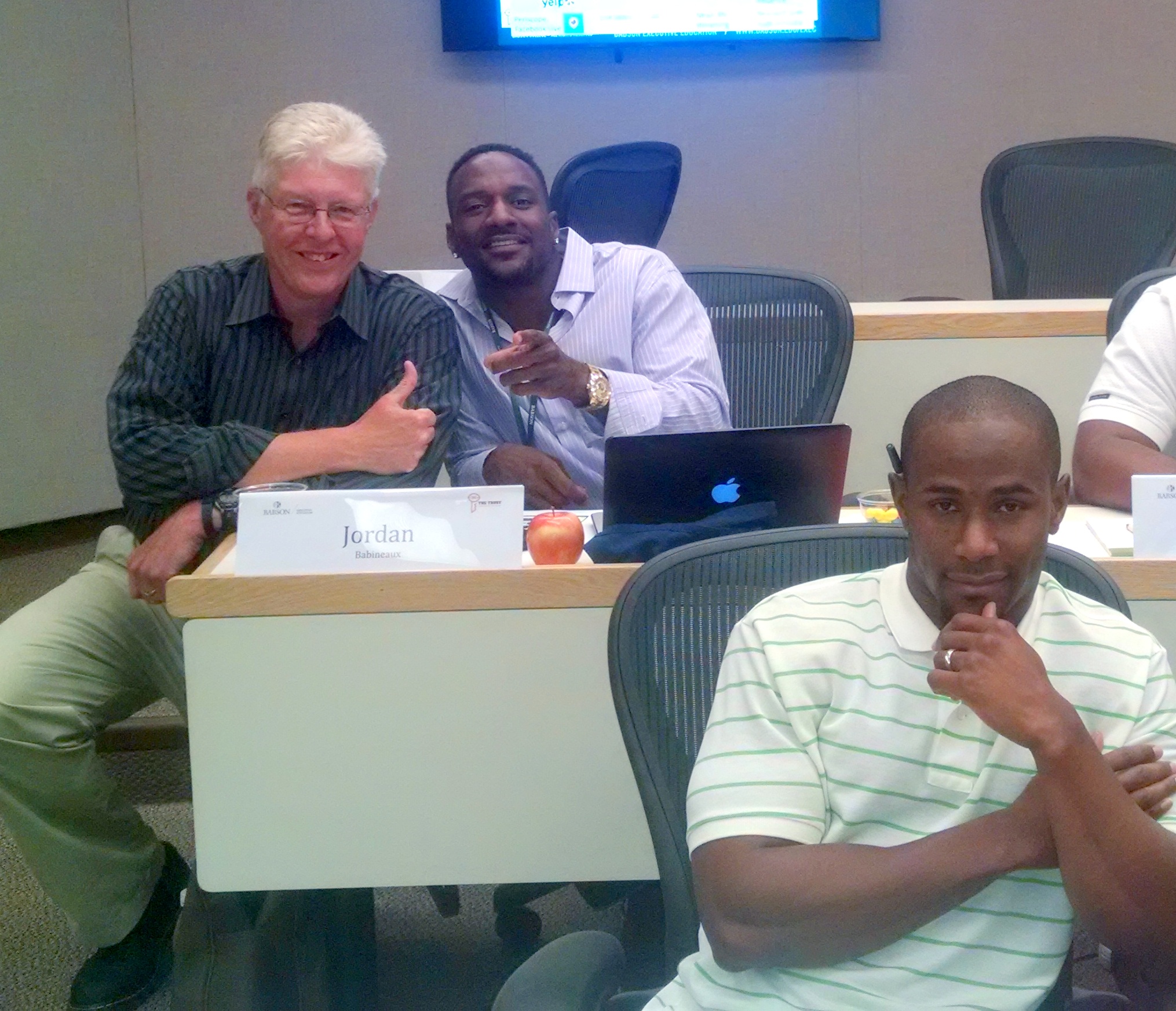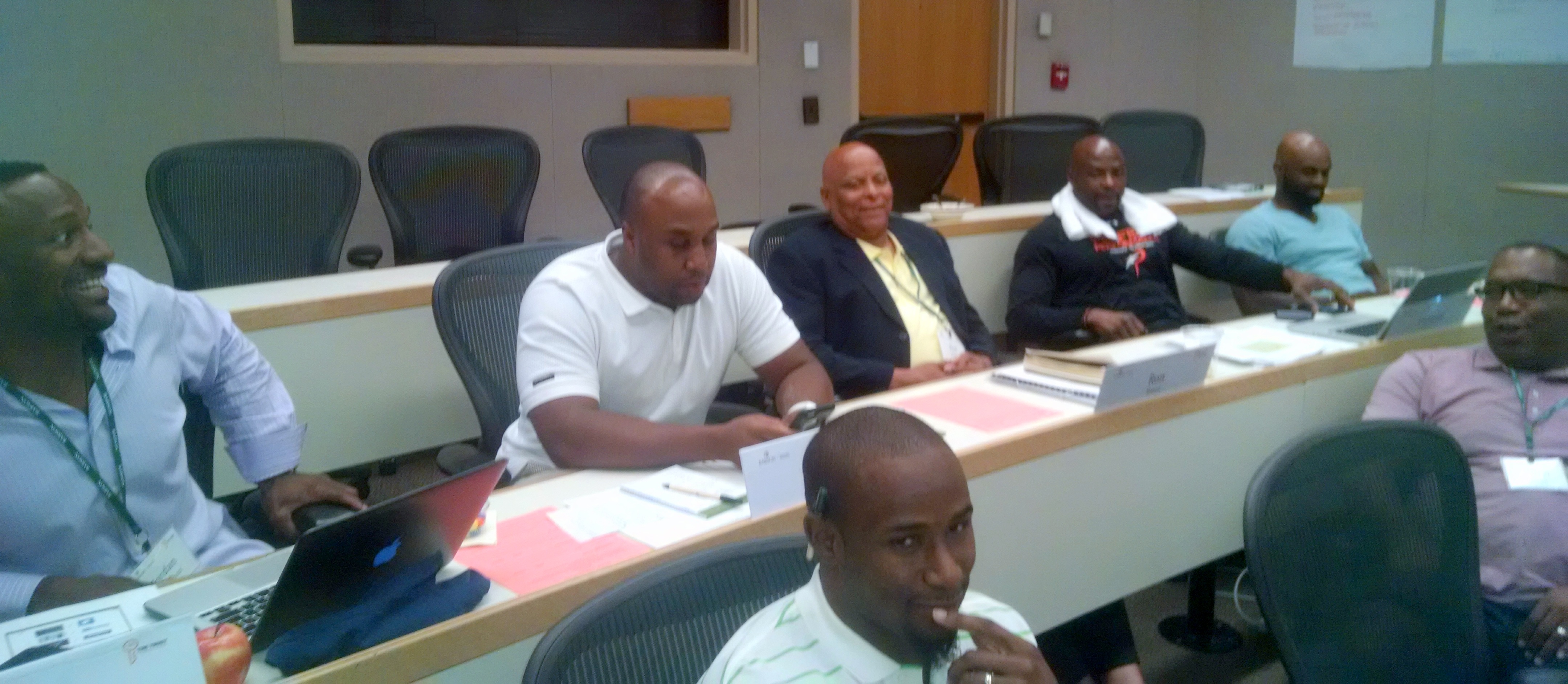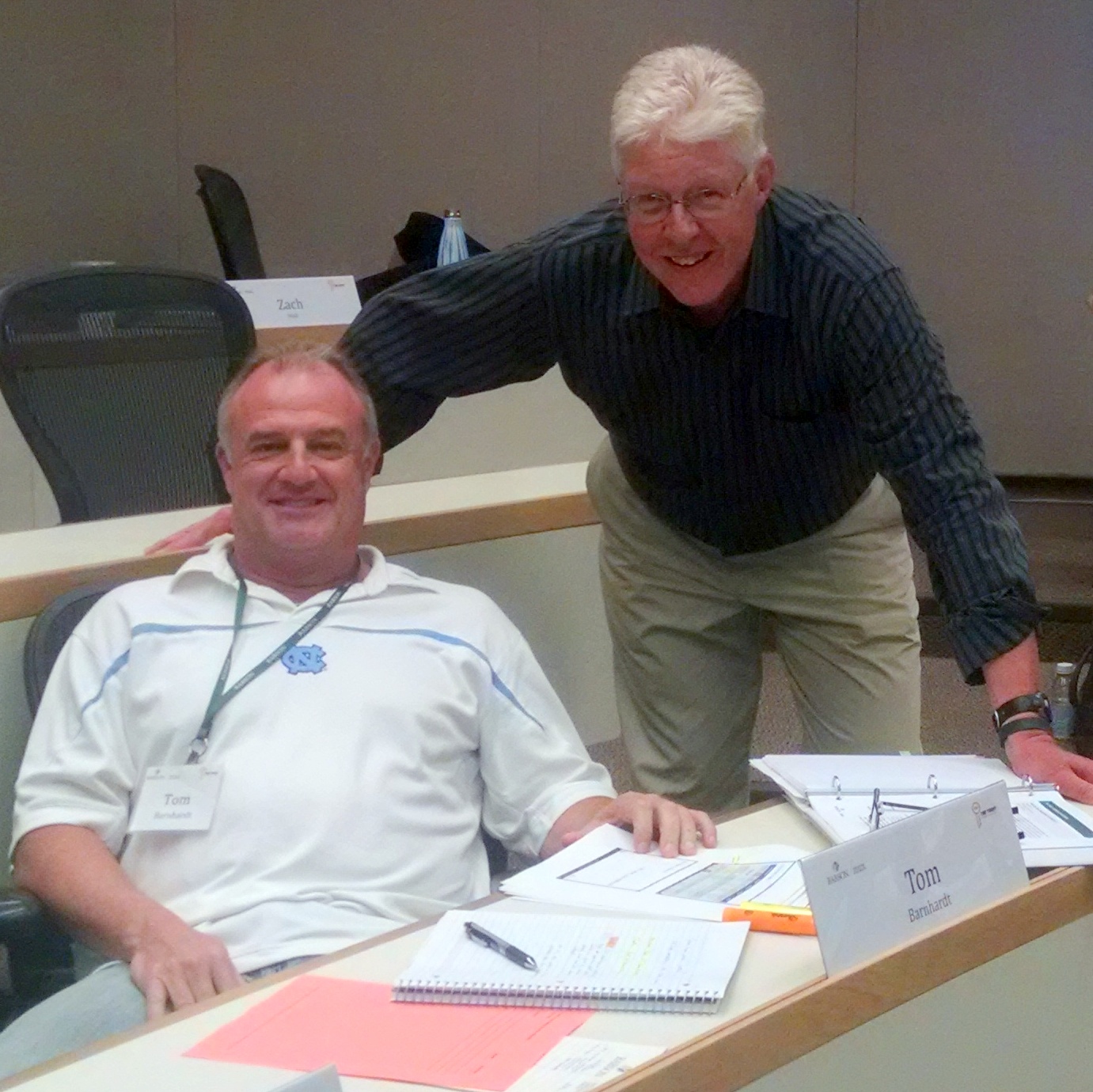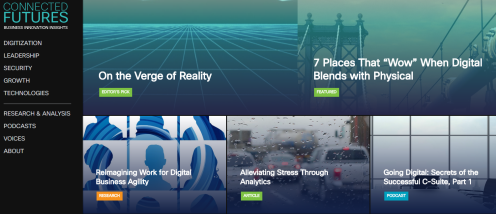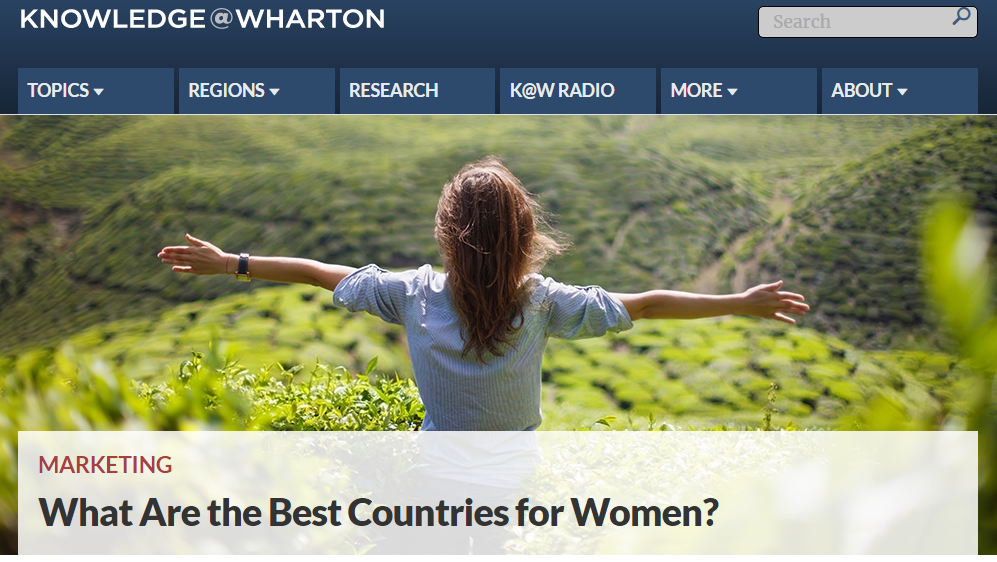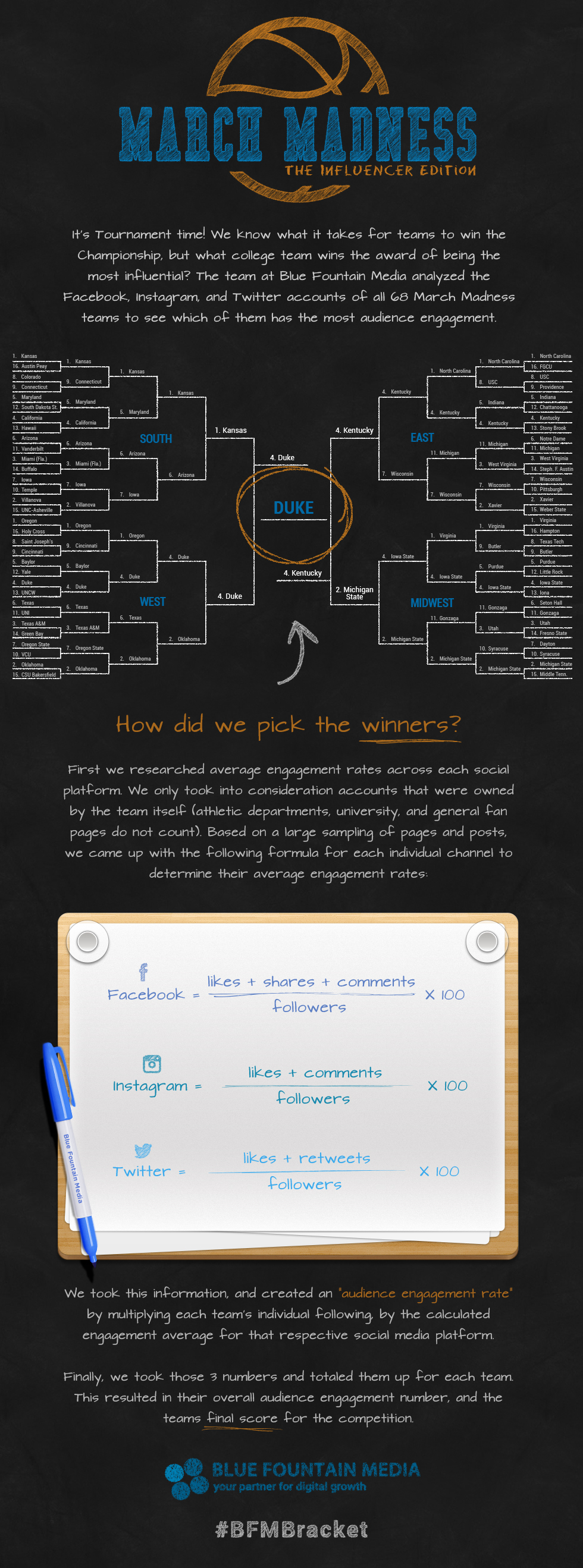The following content was generated automatically by LongShot.
There is a growing trend of using AI to generate content. This can be used to create text, videos, or even images. The benefits of using AI to generate content include being able to create high-quality content quickly and cheaply. Additionally, AI-generated content can be personalized for each user, making it more engaging.
As AI technology advances, so does its ability to generate content. This has led to some concerns that AI-generated content could one day replace human writers. However, it is more likely that AI will simply supplement human writing, providing assistance with things like grammar and spelling. In any case, AI-generated content is already starting to appear in a variety of places, from social media to news articles.
The rise of AI-generated content has led to some interesting developments in the world of online content. One of the most notable is the rise of so-called “content farms”, which are sites that generate large amounts of low-quality content for the purpose of search engine optimization.
Content farms are websites that produce large amounts of content primarily for the purpose of SEO. The term is derived from the analogy of a real farm, where crops are grown for the purpose of harvest. The main characteristic of a content farm is the large amount of content that is produced. This content is typically low in quality and is often duplicated from other sources.
AI can generate written content but it lacks the ability to do research. If you want to write a blog post about a specific topic, you can use AI to help you generate ideas for the post. However, you will still need to do your own research to ensure that the information in your post is accurate.
Recent advancements in artificial intelligence (AI) have made it possible for businesses to personalize their products and services like never before. By harnessing the power of data, AI can help companies better understand their customers and offer them tailored experiences that meet their needs.
This is already happening in many industries, from retail to healthcare, and it is only going to become more commonplace in the years to come. As AI gets better at understanding human behavior, we can expect even more personalized products and services.
A recent study has shown that AI can be used to personalize experiences for users. The study found that AI can be used to create customized experiences for users based on their individual preferences. This type of personalization can be used to improve the user experience and make it more efficient.
There are many benefits to using AI for customer segmentation. By using AI, businesses can more accurately target their marketing and advertising efforts, better understand their customers’ needs and wants, and improve customer satisfaction. Additionally, AI can help businesses save time and money by automating the segmentation process.
There are many ways to segment customers, but using AI can help you do it more accurately. By using data from past customer behavior, you can develop models that better predict which segments your customers belong to. This can help you target your marketing and sales efforts more effectively, resulting in more business and happier customers.

 One of the most pleasant jobs I have is taking pictures of retirees. I meet them in their workplace, snap their photo, and invariably we chat for a while. Always, they are upbeat, enthusiastic about their new leisure, making plans, expressing no regrets about the past. They are content.
One of the most pleasant jobs I have is taking pictures of retirees. I meet them in their workplace, snap their photo, and invariably we chat for a while. Always, they are upbeat, enthusiastic about their new leisure, making plans, expressing no regrets about the past. They are content.



